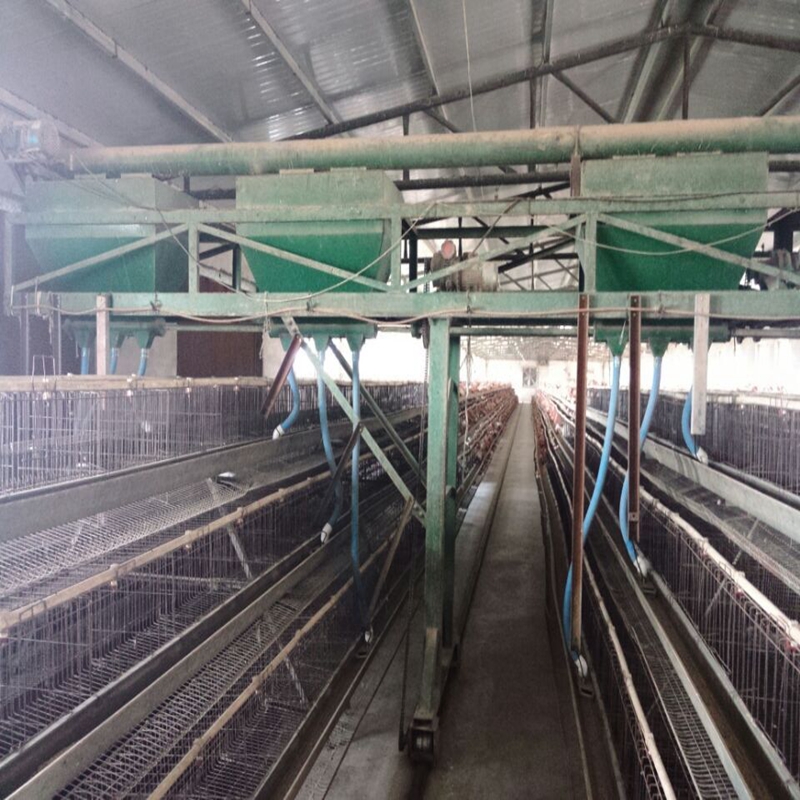egg chicken cage for sale
Dec . 21, 2024 02:03 Back to list
egg chicken cage for sale
Egg Chicken Cages for Sale A Comprehensive Guide for Poultry Farmers
As the demand for organic and local eggs continues to rise, more farmers are looking to invest in chicken coops and egg chicken cages for their operations. The right cage can make all the difference in maximizing egg production, ensuring the health of your chickens, and reducing your workload. This article will delve into the various types of egg chicken cages available for sale, their benefits, and how to choose the right one for your poultry farming needs.
Understanding Chicken Cages
Chicken cages, or battery cages, are specifically designed to house laying hens efficiently. Unlike traditional coops, which often allow chickens to roam freely, cages are designed to maximize space and facilitate egg production. They provide a controlled environment that helps maintain hygiene, reduce the spread of disease, and simplify the egg collection process.
Types of Egg Chicken Cages
1. Battery Cages These are the most common type, featuring rows of stacked cages. They are designed for high-density housing and allow for easy access to the birds. Battery cages help optimize space and make egg collection straightforward, as the eggs roll down into a designated collection area.
2. Enriched Cages These cages offer more space than traditional battery cages and include features like nesting boxes, perches, and scratching areas. They cater to the welfare of the hens, allowing them to engage in natural behaviors while still maintaining the efficiency of a caged system.
3. Free Range Cages Although technically not cages, free-range systems allow chickens access to outdoor areas while still providing shelter. They can be a great option for those who prioritize animal welfare and organic production, though they may require more space and resources.
Advantages of Using Egg Chicken Cages
1. Increased Production Caged systems are designed to maximize egg production. By controlling the environment, farmers can ensure optimal conditions for laying, leading to more consistent and higher egg yields.
2. Disease Control Cages help limit the spread of diseases and parasites. A contained environment makes it easier to monitor the health of individual birds, ensuring any issues are addressed quickly.
egg chicken cage for sale

3. Efficient Management With a proper cage system, egg collection becomes more efficient. Farmers can quickly gather eggs, reducing labor costs and improving overall productivity.
4. Space Optimization Cages allow farmers to raise more hens in a smaller space compared to traditional methods. This is particularly beneficial for urban farmers or those with limited land.
Choosing the Right Cage
When selecting egg chicken cages for sale, several factors should be considered
1. Size and Capacity Determine how many hens you plan to keep and choose cages that can accommodate them comfortably without overcrowding.
2. Ease of Access Ensure that cages allow for easy access to the hens for feeding, cleaning, and egg collection. This will save you time and effort in managing your flock.
3. Material Quality Look for cages made from durable materials that can withstand wear and tear over time. Rust-resistant materials are ideal for maintaining hygiene.
4. Welfare Standards Consider enriched cages or systems that adhere to animal welfare standards. These cages provide a better living environment for your hens.
5. Budget Determine your budget and find cages that meet your needs without breaking the bank. Remember that investing in quality cages can lead to long-term savings through increased productivity.
Conclusion
Investing in egg chicken cages can significantly enhance your poultry farming operation. By understanding the various types of cages available and their respective advantages, farmers can make informed decisions that will lead to improved egg production and better animal welfare. Whether you're growing a small backyard flock or managing a commercial egg operation, finding the right cage is crucial to your success. With careful consideration of your needs and conditions, you can set your farm on the path to growth and sustainability.
-
Automatic Feeding Line System-Pan Feeder Nipple Drinker|Anping County Yize Metal Products Co., Ltd.
NewsJul.29,2025
-
Hot Sale 24 & 18 Door Rabbit Cages - Premium Breeding Solutions
NewsJul.25,2025
-
Automatic Feeding Line System Pan Feeder Nipple Drinker - Anping County Yize Metal Products Co., Ltd.
NewsJul.21,2025
-
Automatic Feeding Line System Pan Feeder Nipple Drinker - Anping County Yize Metal Products Co., Ltd.
NewsJul.21,2025
-
Automatic Feeding Line System - Anping Yize | Precision & Nipple
NewsJul.21,2025
-
Automatic Feeding Line System - Anping Yize | Precision & Nipple
NewsJul.21,2025






